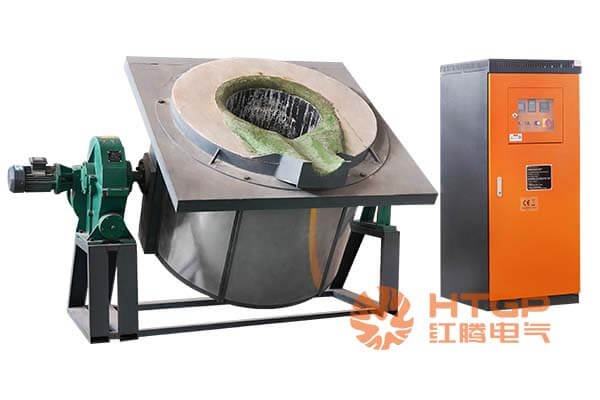Aluminum is a silvery-white light metal, relatively soft, with a density of 2.7 grams per cubic centimeter, a melting point of 660.4℃, and a boiling point of 2467℃.
furnace lining material Under standard atmospheric pressure, the melting point of aluminum with a purity of 99.996% is generally recognized to be 660.24℃, and the melting point of aluminum with a purity of 99.99% is generally 1-2℃ lower. When the temperature reaches 660℃, aluminum begins to melt, and the temperature will continue to rise after it is completely melted if the temperature is continued to be heated. Above 660℃, aluminum metal is in liquid state; below 660℃, aluminum metal is usually in solid state.
The post-treatment of aluminum after melting depends on the specific needs and application scenarios. The following are some common treatment methods:
Casting: Injecting liquid aluminum into a mold to manufacture various aluminum products, such as aluminum ingots, aluminum castings, etc.;
Refining: Further removing impurities and gases in the aluminum liquid to improve the quality of aluminum;
Alloying: Adding other metal elements to make aluminum alloys to improve the properties of aluminum, such as strength, hardness, corrosion resistance, etc.;
Surface treatment: Surface treatment of aluminum or aluminum alloy products to enhance their appearance, corrosion resistance, wear resistance and other properties. Common surface treatment methods include sandblasting, wire drawing, polishing, anodizing, electroplating, painting, etc. For example, sandblasting can make the surface clean and rough to a certain extent; anodizing can improve the corrosion resistance of aluminum alloys and form oxide films of various colors;
Extrusion molding: liquid or semi-liquid aluminum is processed into various profiles, such as aluminum tubes, aluminum bars, aluminum profiles, etc. through extrusion process;
Rolling: rolling aluminum ingots into aluminum plates, aluminum strips and other products;
Welding: connecting aluminum parts together by welding; When melting and post-processing aluminum, attention should be paid to safety protection to avoid burns and other safety accidents. At the same time, process parameters should be strictly controlled to ensure product quality.
Principles and steps of aluminum ingot casting? The principle of aluminum ingot casting is to inject liquid aluminum into a mold and wait for it to cool and solidify to become an aluminum ingot. The casting process is a physical process in which liquid aluminum cools and crystallizes into a solid aluminum ingot.
The main steps of aluminum ingot casting include:
Melting aluminum: Melting aluminum raw materials in a melting furnace;
Slag removal: Removing impurities and oxides from aluminum liquid;
Batching: Mixing aluminum liquids of different components as needed;
Refining: Refining aluminum liquid to improve the quality of aluminum liquid;
Casting: Injecting the refined aluminum liquid into a mold for casting;
Remelting: Some aluminum ingots are remelted after casting to improve the quality of aluminum ingots;
Finished product inspection: Check the appearance and quality of aluminum ingots;
Warehousing: Store qualified aluminum ingots in a warehouse.
During the casting process, it is necessary to pay attention to controlling the temperature, flow rate and pressure of aluminum liquid to ensure that the quality and shape of the aluminum ingots meet the requirements. At the same time, it is also necessary to pay attention to safety protection to avoid accidents such as scalding and fire.
At what temperature does aluminum melt?
What temperature is aluminum heat treated at?
At what temperature does aluminum degrade?
